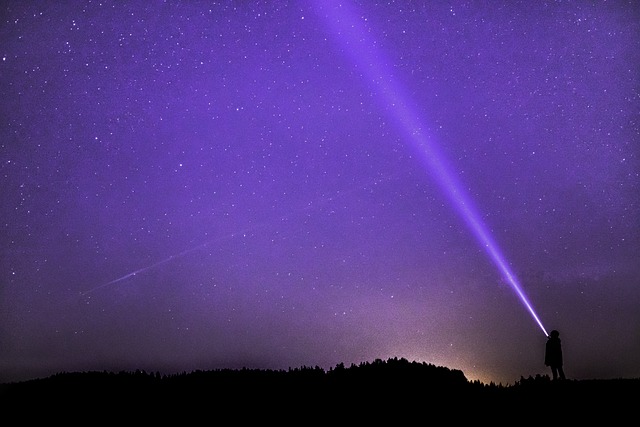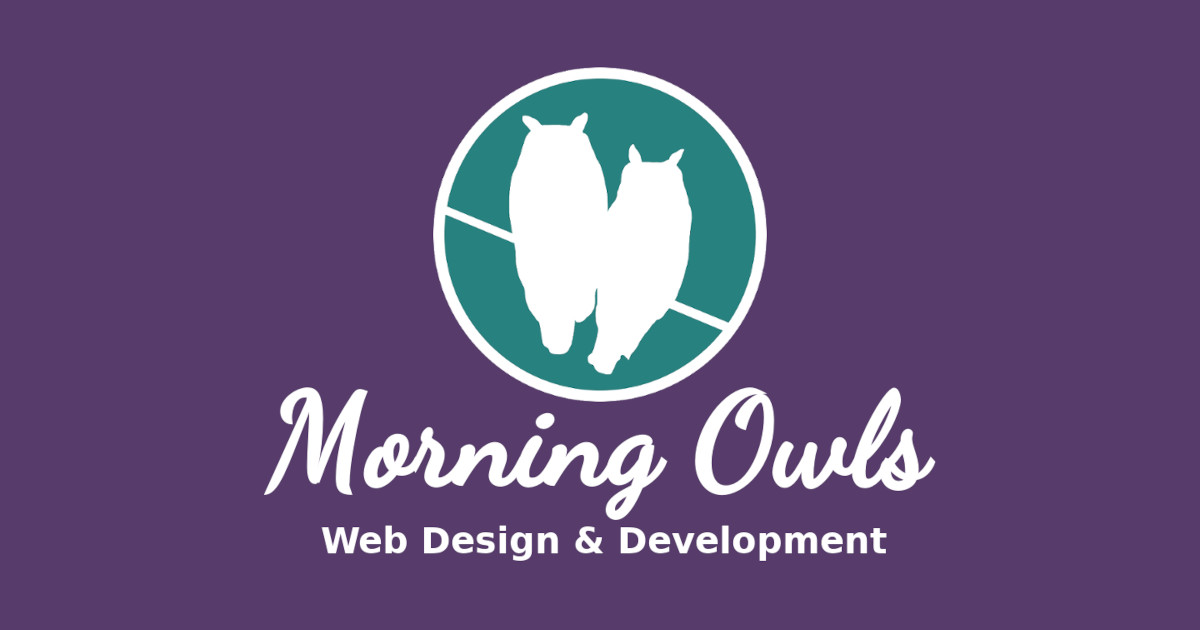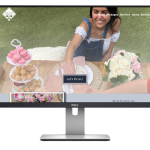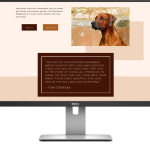Okay, so you’re about to design a website. You want it to pop, to zing, to basically leap off the screen and into the retinas of your soon-to-be-awed audience. Simple, right? Just pick some colors. But wait! Not so fast. Because, my friends, this is where the dark art of color psychology pirouettes onto the stage. Choosing your dominant color isn’t just about what looks pretty; it’s about what that color screams into the subconscious of your unsuspecting visitor. Let’s dive into the rainbow and figure out what these colors are really saying.

Red:
Red is the life of the party. It’s loud, it’s bold, it’s the guy doing a keg stand at your college reunion. It’s the color of passion, but also of danger. Think stop signs, Valentine’s hearts, and those “Do Not Touch” labels. It’s great for a call-to-action button because, like a siren, it calls out to us, demanding our attention. Use red when you want to be heard without saying a word.
Blue:
Blue is your dependable buddy. It’s the color of your favorite jeans, the sky on a clear day, and those corporate logos that want you to trust them with your money. It’s the color of calm seas and reliable friends. If your brand wants to whisper, “We’ve got you,” then blue’s your hue.
Green:
Green is nature’s middle child. It’s the color of spring leaves, dollar bills, and those green “healthy” smoothies that taste suspiciously like lawn clippings. It’s all about growth, renewal, and balance. In the color world, green is Mother Nature’s therapist, soothing and reassuring. It’s great for brands that want to be seen as eco-friendly or health-conscious.
Yellow:
Yellow is the extrovert of the color wheel. It’s sunshine, smiley faces, and those hazard signs that scream “Watch out!” It’s all about happiness and creativity but can also serve as a cautionary tale. Use yellow to grab attention, but don’t overdo it unless you want to blind your audience with your brilliance.

Purple:
Purple is the royal family of colors. It’s the color of emperors’ robes, lavender fields, and those fancy chocolates. It whispers of luxury, spirituality, and creativity. If your brand wants to don an air of mystery and perhaps a hint of magic, purple is your secret weapon.
Orange:
Orange is the life coach of the palette. It’s energetic, fun, and has an infectious enthusiasm. It’s the color of sunsets, basketballs, and those traffic cones you accidentally ran over last week. Orange says, “Let’s do this!” with a fist pump. It’s perfect for brands that want to be seen as friendly and approachable, but also a bit daring.

Black:
Black is the James Bond of colors. It’s sleek, it’s sexy, it’s the tuxedo you wear to a casino. It speaks of elegance, power, and a touch of mystery. Brands that dress in black are the cool kids, the ones who are confident in their own skin (or branding, as the case may be).
White:
White is the minimalist in the color world. It’s the color of fresh snow, clean sheets, and those really expensive minimalist boutiques where you’re afraid to touch anything. It’s purity, simplicity, and clarity. White is the canvas waiting for your brand’s story to unfold.
Gray:
Gray is the diplomat of colors. It’s neutral, balanced, and unassumingly sophisticated. It’s the color of storm clouds, sleek gadgets, and those suits you wear to job interviews. Gray doesn’t shout; it subtly states its presence. It’s ideal for brands that want to exude professionalism without the drama.
Remember, choosing the dominant color for your website isn’t just about aesthetics; it’s a psychological game. It’s about understanding how colors whisper secrets about your brand into the ears of your visitors. But, as with any good advice, take it with a grain of salt. After all, we’re complex creatures, and our reactions to colors are as diverse as we are. So choose wisely, experiment boldly, and watch as your website paints not just a picture, but a story.





